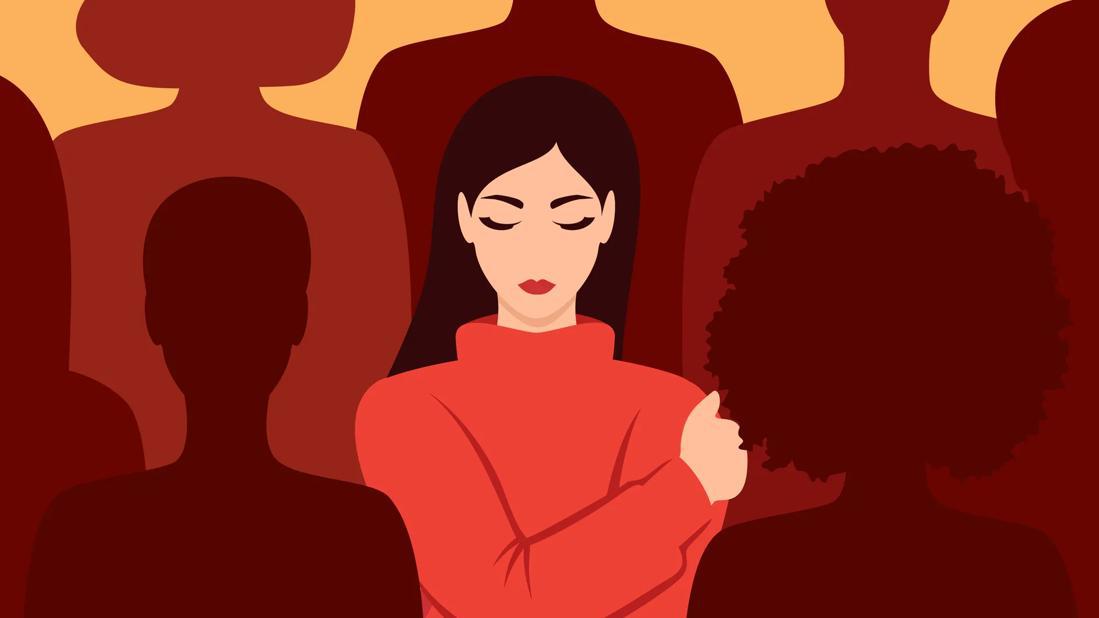Your Emotions Are Contagious
You can subconsciously adopt the emotions and behaviors of others

Our emotions can have a widespread effect. We express how we feel through our facial expressions, the language we use, our tone of voice and physical gestures.
And these emotions can catch on and directly influence those of other people.
This “catching” of emotions is known as emotional contagion. Psychologist Adam Borland, PsyD, explains the science behind this phenomenon and what you can do to limit its negative impact.
What is emotional contagion?
Emotional contagion is a common phenomenon where other people’s emotions and behaviors influence your own without you really knowing it. Other external factors, like advertisements or online content, can also subconsciously impact the way you feel or behave.
Empathetic people experience emotional contagion more easily than others. That’s not always a bad thing, unless it directly disrupts your ability to live your life or participate in day-to-day activities. Because emotional contagion can be either positive or negative. It can also have a direct impact on your mental health and even influence your relationships with others.
How does emotional contagion happen?
Emotional contagion is a form of unconscious mimicry. We mirror or model the emotions and behaviors of others because of how we originally learned to interact with other people.
“It dates back to when we were babies,” explains Dr. Borland. “A baby will often respond to a smile with a smile. We learn how to respond to verbal and nonverbal cues by matching another person’s body language, facial expressions and vocal tones.”
It’s sort of like yawning seconds after someone else yawns in the same room. If you see someone smiling, you might smile back without putting too much thought into it. And if someone is yelling at you, you may yell back and become agitated or more aggressive, even if that’s not how you want to react.
“It’s very easy to adopt the types of behaviors and thought processes of the people you surround yourself with,” notes Dr. Borland. “If you surround yourself with people who are positive, you’ll probably feel more optimistic. If you surround yourself with people who are always pessimistic, it might be easier for you to automatically gravitate toward negative emotions.”
Examples of emotional contagion
Here are some examples of how you might unknowingly “catch” emotions:
- A friend tells a sad story. In response, you end up feeling sad even if you’ve never gone through that experience.
- A waiter smiles at you as they approach the table and you unconsciously smile back, feeling warm and welcoming.
- A coworker is anxious about completing a task, so you start feeling anxious, too, even though you can’t pinpoint the reason.
- A calm, enthusiastic leader can influence their team to have a more positive morale. While an overly critical or anxious leader can have the opposite effect.
- Doomscrolling, or endlessly consuming negative content, can make you feel sad, anxious or angry.
“Laughter can also be infectious,” adds Dr. Borland.
How to avoid emotional contagion
“Avoiding emotional contagion doesn’t make it disappear,” clarifies Dr. Borland. “Instead, I often encourage people to face these feelings head-on and recognize how your mood and emotions are influenced when you’re around certain people in specific situations.”
Here’s how you can lessen the blow of the negative effects of emotional contagion:
- Work on your self-awareness. Recognize how others make you feel and check in with yourself physically and emotionally.
- Use mindfulness techniques. Avoid going on autopilot by staying emotionally present, meditating or practicing deep breathing.
- Set boundaries. Don’t engage in negative interactions, and remove yourself from uncomfortable situations that don’t fulfill you.
- Remember your choices. “You always have a choice in how you respond in emotional situations,” states Dr. Borland.
- Focus on gratitude. Identify three good things that happened to you every day and start your day by setting your intentions.
- Limit social media and news consumption. Set time limits for scrolling and prioritize more meaningful or optimistic content.
- Work on your overall health and wellness. Engage in physical activity, monitor unhealthy behaviors and be mindful of what you eat and drink.
- Work with a therapist.They can help you process difficult feelings and find healthier ways to cope.
“It can be very easy to focus on the negative, especially given the stressful world we’re living in,” recognizes Dr. Borland. “It’s important to remind ourselves we have a choice in how we respond and the behaviors we display.”